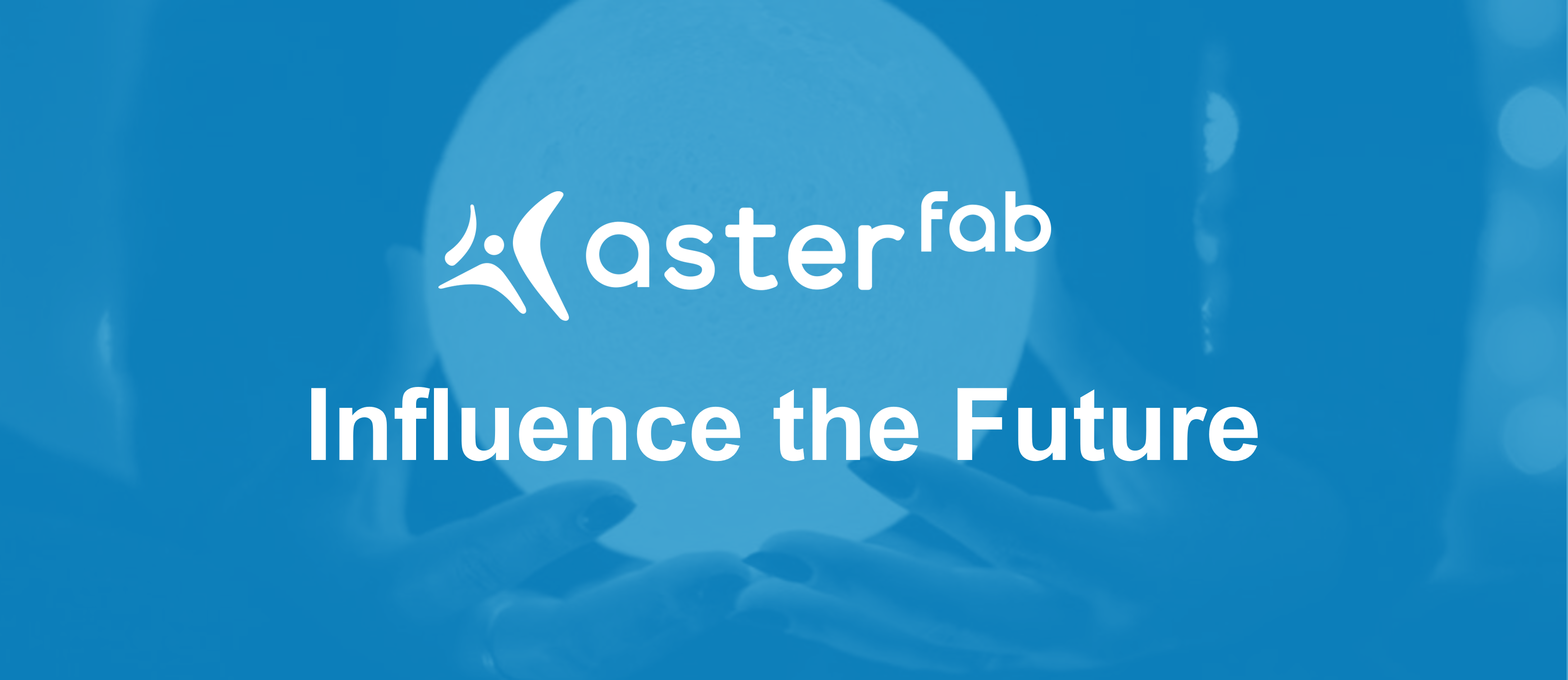
Generating renewable power is vital to the world’s decarbonization efforts. But so too will be developing the energy storage systems that are required at times when the intermittency of solar and wind power prevents energy production. According to the International Energy Agency (IEA)’s Net Zero scenario, installed grid-scale battery storage capacity expands 44-fold between 2021 and 2030 to 680 GW.
Amongst the various stationary battery energy systems, lithium-ion batteries have been stealing the spotlight in recent few years due to their success in e-mobility. While they account for 90% of battery applications, even lithium iron phosphate, the most competitive type of lithium-ion battery, is beginning to look economically uncompetitive compared to emerging, alternative solutions. Last week’s announcement by BASF Stationary Energy Storage GmbH (wholly owned subsidiary of BASF SE) and G-Philos (Korea’s leader in power-to-gas technology) to intensify their cooperation on sodium-sulfur (NAS) stationary batteries is an example of this.
But what are the other alternatives in the space?
A number of companies are working on new battery chemistries based on zinc, iron and other low-cost materials. Fundraising in the startup ecosystem is a strong signal:
- Form Energy (United States) raised $450M in October 2022 and has developed an iron-air battery
- H2 (South Korea) raised $15M in October 2021 and has developed a vandium redox flox battery
- EnerVenue (United States) raised $137M in September 2021 and has developed a nickel-hydrogen battery
- Ambri (United States) raised $144M in August 2021 and has developed a high-temperature calcium-antimony battery
- Sila NanoTechnologies (United States) raised $600M in January 2021 and has developed a silicon battery
- Tiamat (France) raised $4.2M in October 2018 and has developed a sodium-ion battery
Researchers are also exploring other chemistries such as aluminium-ion batteries (paper) and potassium-ion batteries (paper). Indeed, aluminium is one of the most abundant materials on earth (reducing the cost) and has demonstrated great potential for high energy density systems. Although at a more embryonic stage, the significant advantage of potassium is also its abundance.
Many of these batteries already rival lithium-ion in capabilities but are lagging in capital investiture and manufacturing infrastructure, playing catch-up with an already established sector of the industry. Thus, the European Commission has notably launched the NAIADES (sodium-ion batteries), SOLSTICE (sodium-zinc batteries) and CARBAT (calcium-ion batteries) projects to help fund the research in these spaces. Live installations are also visible. France-based startup Tiamat, developer of a sodium-ion battery, has joined forces with Plastic Omnium in the automotive industry and with Startec to extend applications to other hybrid industries such as rail and aerospace. While Schlumberger has invested and signed a collaboration agreement with EnerVenue, developer of a nickel-hydrogen battery.
In short, lithium-ion batteries will continue to dominate battery technology for stationary energy storage in the short term, driven by the EV sector. But in the long term, alternatives to lithium-ion are set to play an increasingly important role in stationary energy battery storage systems.
2 Key Figures
The stationary battery market is projected to reach $224.3 bn by 2030
The market was valued at $31.2 bn in 2021 and is projected to reach $224.3 bn by 2030, at a CAGR of 24.9%
>30 funded companies
Tracxn
3 startups to draw inspiration from
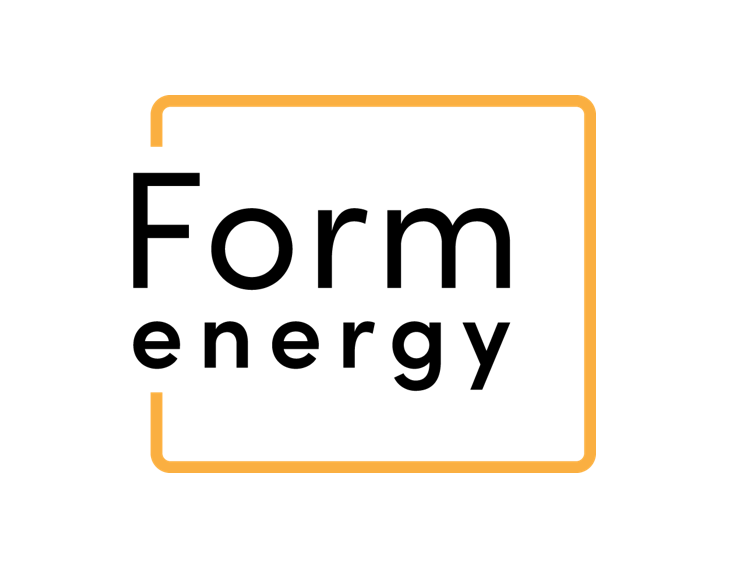
Form Energy
US-based startup founded in 2009 that has developed an iron-air energy storage system for renewable energy storage. Claims to store energy at less than 1/10th the cost of lithium-ion battery technology.

H2
South Korea-based startup founded in 2010 that has developed a vandium redox flox battery. This month the startup begun construction of a factory with 330MWh annual manufacturing capacity in the city of Gyeryong-si, one year after the 20MWh project in California.
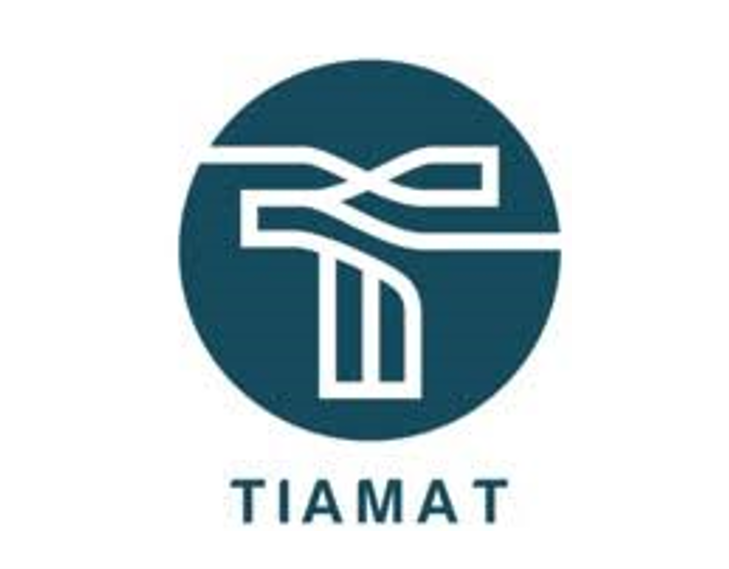
Tiamat
France-based startup founded in 2017 that has developed a sodium-ion battery. Partnerships include Plastic Omnium and Startec.
Interested in a startup landscape or in an insights report?
Please fill out our contact form so that we can get back to you very quickly with our product offer.
Want to subscribe to our 123Fab?
Fill out our form to receive the latest insights into your inbox.
123Fab #94
1 topic, 2 key figures, 3 startups to draw inspiration from
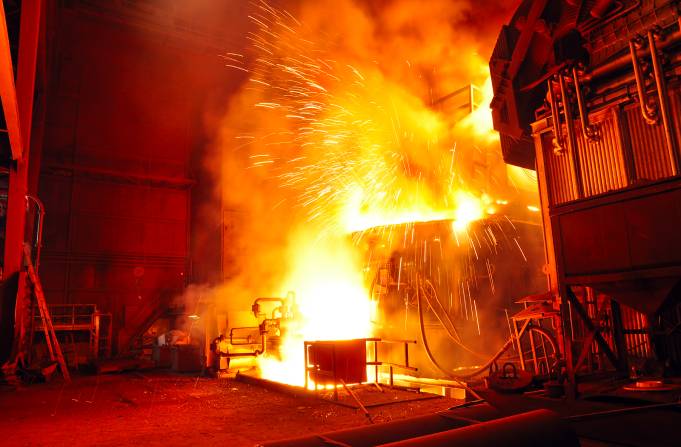
In September, Munich-based startup Orcan Energy raised €28.5M from investors, including TiLT capital (French private equity investment) and existing investor Air Liquid Venture Capital. The startup’s technology is designed to turn waste heat into clean electricity. With 502 modules worldwide, Orcan Energy is the world’s second largest supplier of waste heat-to-power technologies, behind Ormat, a power generator that has been operating internationally since 1965 with 1,226 solutions.
This fundraising round reflects the trend of increasing global demand for waste heat recovery solutions. Indeed, the global market was valued at $59.4 bn in 2020 and is projected to reach $114.7 bn by 2028, at a CAGR of 9.2%. The main drivers are rising fuel and electricity prices, as well as the imperative to reduce greenhouse gas emissions across all industrial sectors. Indeed, waste heat is a primary source of recoverable energy loss, offering significant potential for greenhouse gas emissions reduction. Total waste heat emissions account for 23 –53% of global input energy, with a range of theoretical recovery potentials of 6–12% (Oxford University).
Industrial waste heat is, by definition, the excess heat produced during industrial processes which is releasted into the environment. Residual heat sources are transferred by conduction, convection and radiation. There are three categories: losses at high-temperature (> 400°C) which mostly arise from the direct combustion processes; at medium-temperature (200 – 400°C) from the exhaust gases in combustion units; at low-temperature (< 200°C) from parts, products and equipment of the treatment units. Low-temperature losses represent the largest share accounting for a total of 66%, 29% for medium-temperature and 5% for high-temperature (Interreg Central Europe).
But which waste heat recovery (WHR) technologies exist? And what are their maturity?
Technologies can be categorized as passive or active technologies. This depends on whether external energy input is required or not.
- Heat exchange (passive): contains the technologies through which the recovered waste heat is used directly at the same or lower temperature (e.g., plate heat exchanger, thermal energy storage systems)
- Waste heat to heat (active): through which recovered waste heat is used to produce thermal energy at a higher temperature level (e.g., heat pumps, mechanical steam compression);
- Waste heat to cold (active): contains the technologies through which recovered waste heat is used to produce cooling energy (e.g., absorption and adsorption chillers);
- Waste heat to power (active): contains the technologies through which recovered waste heat is converted into electricity (e.g., Organic Rankine cycles, Kalina cycles, Supercritical CO2 cycles, etc.);
The underlined technologies are the most representative of their category.
Numerous industries can benefit from waste heat recovery systems such as glass manufacturing, cement manufacturing, iron and steel manufacturing, aluminum production, metal casting, industrial boilers, ethylene furnaces, etc. As such, pilot projects have been developed by leading players in the space.
Cement manufacturing
CEMEX has joined forces with Orcan Energy for the establishment of a waste heat recovery plant at its Rüdersdorf, Brandenburg, cement plant. Orcan Energy will supply six generator modules for the installation using its Organic Rankine Cycle (ORC) technology.
Chemical and petrochemical
BASF and MAN Energy Solutions have entered into a strategic partnership to pursue the construction of an industrial-scale heat pump at the BASF site in Ludwigshafen.
Glass manufacturing
Beginning of the year, Saint-Gobain announced its plans to install heat recovery technology at its gypsum wallboard plant in Vancouver.
Iron and steel manufacturing
Tata Steel UK took part in the H2020-funded project “Industrial thermal energy recovery conversion and management”.
Yet, there are practical limits (technical and economic) with respect to the recovery potential of those losses. Factors that influence the feasibility of WHR options include heat quantity, heat temperature (quality), composition and logistical constraints like operating schedules and availability. As such, there are no particular barriers to heat recovery at high temperatures: this process is more feasible, mainly due to the availability of more mature technologies and the greater energetic efficiencies involved, which results in a more immediate economic return. As regards to low temperatures, the situation is different; due to its low exergy, low-grade waste heat is more difficult to capture & use.
In short, waste heat recovery has significant potential to increase energy efficiency in industry. Accounting for two thirds of the share, many low-grade heat recovery technologies have been developed in the last decade such as Organic Rankine Cycles (ORC), heat pumps (HP), various heat exchangers, and many other technologies under development. To accelerate their adoption, as well as to educate stakeholders on the topic, numerous Horizon Europe-funded projects have flourished. These include TASIO, LOWUP, EU-MERCI and more.
2 Key Figures
The waste heat recovery market is projected to reach $114.7 bn by 2028
The market was valued at $59.4 bn in 2020 and is projected to reach $114.7 bn by 2028, at a CAGR of 9.2%
38 funded companies
Tracxn
3 startups to draw inspiration from
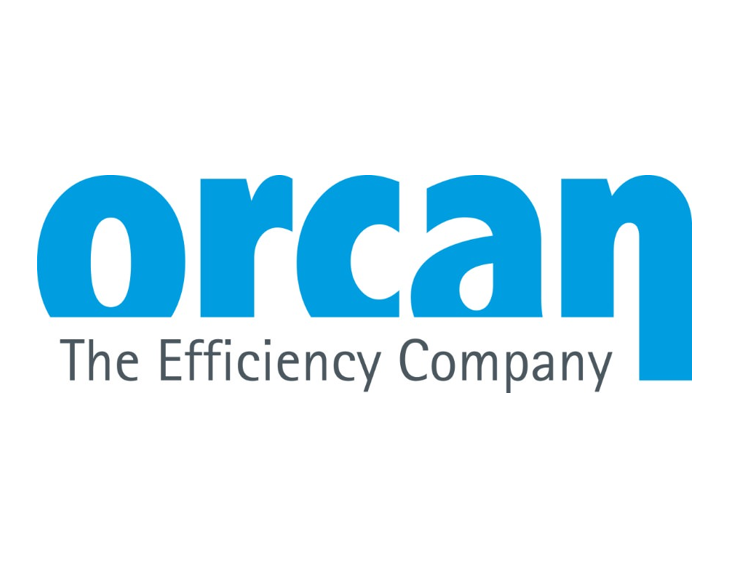
Orcan Energy
German-based startup founded in 2008 that uses Organic Rankine Cycle (ORC) technology to turn low-temperature waste heat into clean electricity. They have sold more than 500 modules globally.
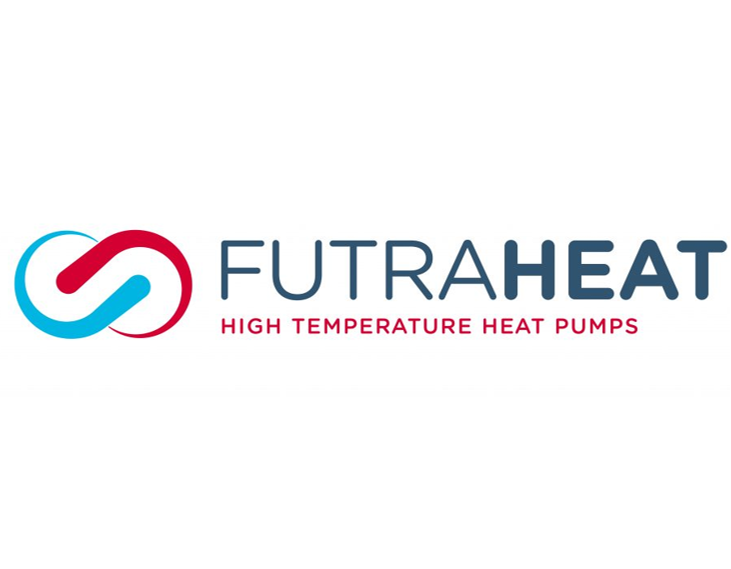
FutraHeat
England-based startup founded in 2021 that uses high-temperature heat pumps called TurboClaw® to turn waste heat into steam. FutraHeat has joined forces with Honeywell.

Water Horizon
France-based startup founded in 2017 that uses a thermochemical process to recover and store waste heat into mobile thermal batteries. Water Horizon was an EDF Pulse laureate in 2020.
Interested in a startup landscape or in an insights report?
Please fill out our contact form so that we can get back to you very quickly with our product offer.
Want to subscribe to our 123Fab?
Fill out our form to receive the latest insights into your inbox.
123Fab #91
1 topic, 2 key figures, 3 startups to draw inspiration from

Biologists from the University of Oregon have discovered an average of 7,000 different types of bacteria on smartphone screens. While most of these are also present in the human body, some can pose a pathogenic threat to weaker individuals, especially the elderly. In response to this, and boosted by the growing concern for cleanliness related to the covid 19 pandemic, various industries have witnessed the rapid development of antimicrobial materials, capable of inhibiting or killing the microbes on their surface or within their surroundings.
There are different types of antimicrobial materials in various sectors: glass, plastics and polymers, and textiles.
Glass
Antimicrobial glass is an innovative product for protection against microbes and it applies to many sectors: health, information technology, and optics with supports such as windows, screens, or glasses. Various operating principles for antibacterial glass have been developed in recent years. The AGC Glass group has been a pioneer in the sector, marketing an antibacterial glass based on the application of a layer of silver ions to the surface of the glass sheet in 2007. These ions interrupt the division mechanism of the bacteria that settle on it, disrupt its metabolism and then lead to its destruction. On the other hand, the International Institute of Technology uses another technique, based on the properties of titanium oxide exposed to ultraviolet light on several coatings (glass, silicon wafers, aluminum foil, etc.) to prevent the development of microbes inside spacecraft. Startups are not left behind, as illustrated by Kastus, which received in June 2020 a grant from the European Commission to combat the COVID-19 pandemic. Last year it completed a €5.65 million Series A funding round to further develop its light-powered anti-viral surface protection technology, which has already received 46 granted and pending patents. It is currently working in partnership with a number of global brands such as Lenovo, Lavazza, and Kone, and its technology is applied to phone screens, tablets, cars, and optics.
Plastics
Similarly, antimicrobial plastics continue to make a difference in many aspects of everyday life. Antimicrobial plastics are treated in the same way as glass, with some using silver ions on the polymers to inhibit the growth of bacteria. Premix Group, a global manufacturer of electrically conductive and antimicrobial plastics, has developed its Prexelent technology, which stores pine rosin, the active agent, inside the plastic. Rosin is activated by moisture or liquid to combat many types of harmful microbes – moulds, viruses and bacteria on the surface of polymers such as engineering plastics, polystyrene and PVC. Other techniques, such as the group Microban International‘s, use the antibacterial properties of zinc to develop a technology that, when added to plastic, penetrates the cell wall of the microbe to annhilate it. This is also the technology that startup Parx Materials has built on to develop their antimicrobial and antibiofilm technology. Named one of the top 3 technology startups in Europe in the European Commission’s 2014 Tech All Stars competition, it raised €1 million in 2020. Their product Saniconcentrates™ can be added to packaging films, especially films in direct contact with food, to prevent micro-organisms from accumulating on the surface of a product, thus prolonging its shelf life, but also to prevent cross-contamination in shopping bags or on conveyor belts.
Textiles
Antimicrobial textiles are in vogue, particularly since the covid-19 crisis but more widely in a variety of applications from household to commercial, including air filters, healthcare, hygiene, medicine and sportswear. Different types of antimicrobial textiles exist, including antibacterial, antifungal, and antiviral. While historic generalist groups dominate the market, such as Biocote, which offers a range of antimicrobial silver-based additives to be introduced into the textile manufacturing process to make it resistant to microbes, start-ups are also emerging in parallel. Muse Nanobots startup, a subsidiary of the IIT Madras-incubated Muse Wearables startup, has developed methods to coat textiles with nanoparticle-based antimicrobial agents capable of inactivating viruses with up to 99% reduction within the first 5 minutes of contact. These coatings are expected to be effective for up to 60 washes, allowing the textile to keep its properties over a long period. Fabiosys Innovations, another startup created in 2018, has developed an affordable high-performance medical textile Fabium based on a technology called Hi-PAT. It is highly effective against bacteria, viruses and fungi and can be moulded into any type of fabric: natural, synthetic and blended with applications in healthcare, hospitality and clothing.
Finally, it is clear that antibacterial materials have been in vogue for some years and have been boosted by the coronavirus crisis, which has brought health issues to the forefront. Several techniques coexist and are applied to different materials. The large groups in the sector are regularly challenged by start-ups developing new technologies. However, the extensive use of antibacterials may increase the resistance of certain strains, which will have every opportunity to proliferate. This is a potential limitation of the application of these materials.
2 Key Figures
+ $622M invested in antimicrobial coatings
Tracxn
The antimicrobial coatings market is expected to grow at a CAGR of 13.8% from 2022 to 2030
It was valued at $9.0bn in 2021 – Grand View Research
3 startups to draw inspiration from
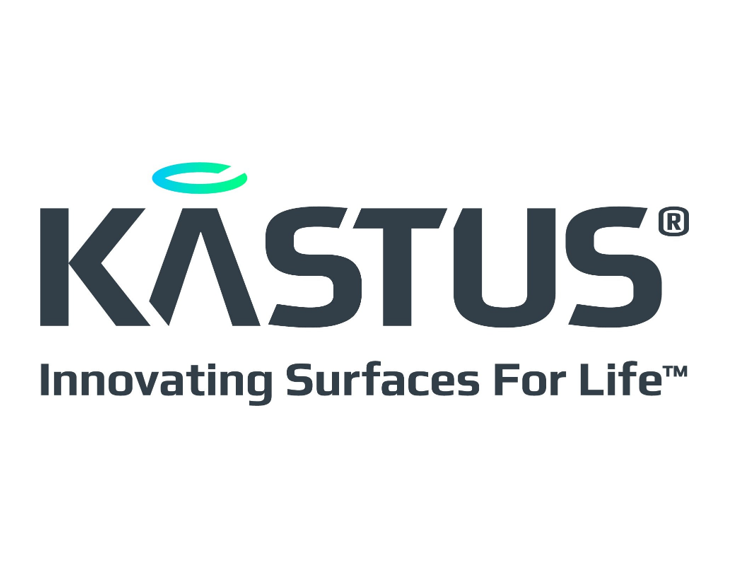
Kastus
The Irish startup has developed patented visible light-activated, photocatalytic, antimicrobial coatings. The coatings prevent the growth of bacteria on the surface it has been applied to, such as glass, ceramics, and touchscreens, with no negative side effects for the end-user. The startup was a finalist of the Med Tech Award 2020.

Parx Materials
The Dutch startup has developed a passive-acting polymer technology based on a physical anti-adhesive principle to keep surfaces free of microbes, viruses, biofilm, dirt and mould. The technology does not use harmful or toxic chemicals, biocides, heavy metals, or nanoparticles. It can be used with almost any type of plastic.
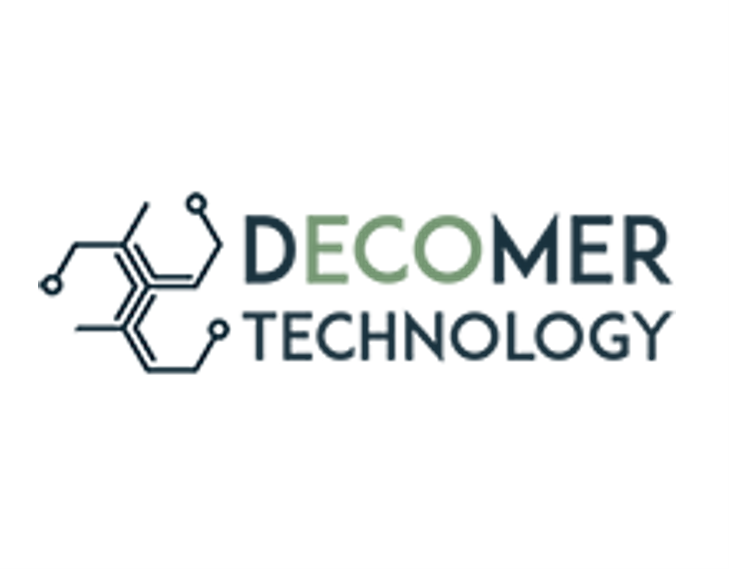
Fabiosys Innovations
The Indian startup has developed the Fabium technology, a high-performance fabric that destroys around 99.9% bacteria and viruses in 30 minutes. The product is thoroughly tested and ISO certified. It can be moulded into any type of fabric: natural, synthetic, and had applications in healthcare, hospitality and clothing.
Interested in a startup landscape or in an insights report?
Please fill out our contact form so that we can get back to you very quickly with our product offer.
Want to subscribe to our 123Fab?
Fill out our form to receive the latest insights into your inbox.
123Fab #89
1 topic, 2 key figures, 3 startups to draw inspiration from
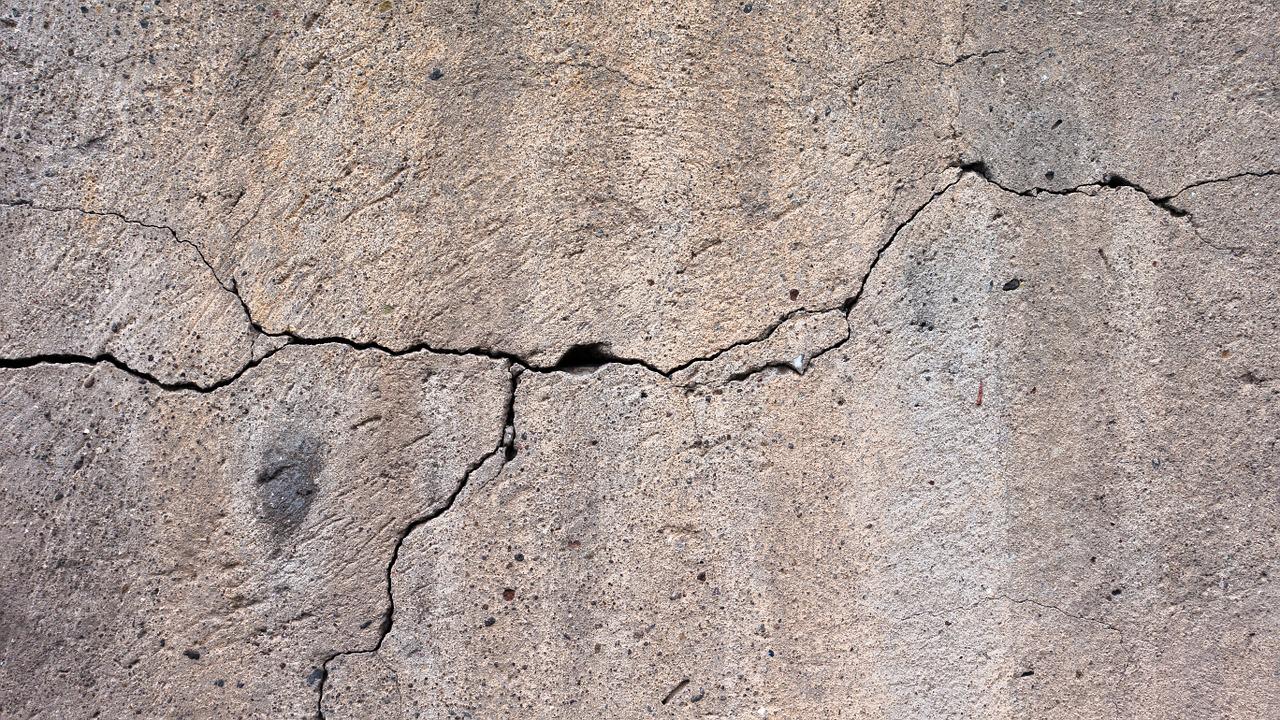
The March 2022 report by The Court of Auditors indicates that the proportion of French road surfaces requiring maintenance work has risen from 43% to 53% over the last ten years. This increase is hardly surprising given the impact of climate change (freeze-thaw, drought, flooding, etc.) and the increasing weight of vehicles, damaging the tarmac as they pass. As a result, the State is obliged to invest more over the next few years and the law on the orientation of mobility has set a financial trajectory up to 2027 and beyond – eventually exceeding 1 billion euros per year. However, one technology could radically change the situation in the future: self-healing materials.
Since the 2000s, a number of self-healing materials have emerged. They use healing agents such as embedded microcapsules filled with glue-like chemicals or even living micro-organisms, the use of materials with internal vascular circulation like blood, shape-memory materials, or reversible polymers. Self-healing materials offer many promising possibilities in the construction sector, but also have potential applications in everything from 3D nanostructure to spacecraft.
Concrete
Concrete is the second most used substance on the planet after water, according to The Guardian, and forms the basis of modern construction. However, it comes at a huge environmental and financial cost, both in terms of the energy used to create it and its condition after use. Start-up Basilisk, a pioneer in this field, is now commercializing its self-healing concrete solution. The technology is based on an additive added to the concrete mix, consisting of particles that contain dormant bacteria and nutrients. Air or water generated by a crack will awaken bacteria which, by feeding on these nutrients, will fill the cracks, creating limestone. Precast group JP Concrete has signed an exclusive agreement to use Basilisk’s Sensicrete compound in its products and market self-healing concrete in the UK. However, the cost of this method is significant. The price per square meter would be double that of conventional concrete. Other initiatives based on other techniques have been developed to reduce the cost of the technology. This is the case with enzymatic construction material (ECM), which has been patented and produced by Enzymatic Inc. as a building material. Composed of carbonic anhydrase, an enzyme found in living cells, it is able to self-heal and remove greenhouse gas from the air for safe storage. It costs about $168 per square meter (compared to standard concrete at around $125 per square meter) but its energy cost is much lower. While it is not yet strong enough for apartment buildings, it could be used for smaller projects requiring less load, such as the side of a house.
Asphalt
Traditionally, asphalt has been used as a binder with concrete for road laying. Exposure to vehicle use, sunlight, rain, and other natural circumstances causes roads to degrade over time. As a result, asphalt roads lose their natural binding capabilities and require frequent repair and maintenance. Start-ups such as Self Healing Materials are developing self-healing asphalts with specific properties as a solution to improve the lifespan of pavements. By introducing steel fibers into the asphalt and using an induction machine to heat the iron molecules, the energy goes directly to the mortar, which melts briefly where the cracks form. This allows the asphalt to return to its original structure. With this technique, the lifespan of the asphalt, initially ten to twelve years, is extended to twenty years. The start-up manufactures other self-healing materials such as plastics, coatings, rubber and concrete, notably through microencapsulation, polymer use and vulcanization techniques.
Steel and aluminium
In a similar vein, solutions are emerging to self-heal structural steel and aluminium surfaces subject to damage and exposure to corrosive environments. Start-up Autonomic Materials has developed a patented, award-winning self-healing technology based on microcapsules that contain healing agents – a mixture of resins, corrosion inhibitors and adhesion promoters. When the coating is damaged, the microcapsules embedded in the coating are broken, releasing the healing agent into the damaged site where it hardens, maintaining the coating’s adhesion and ability to protect the underlying surface. The startup’s product can be used for construction, agricultural equipment, mining equipment, tanks, shopfitting, etc. Since its creation, the startup has raised more than €13 million, notably from Phoenix Venture Partners and Solvay Start-Ups Accelerates Innovation. It completed its series C in 2020.
Although research into self-healing materials dates back a few years, the sector is constantly developing and experiencing new technological advances, which are gradually reducing costs. This type of material is becoming increasingly important in the construction sector and is a key strategic aspect for all groups and start-ups in the sector, as well as for VCs. They are also often associated with emission reduction with the introduction of materials capable of capturing and storing CO2 from the air, which makes it an even more important issue for the future.
2 Key Figures
The self-healing materials market is anticipated to reach $34.4 billion with a CAGR of 95.4% between 2021 and 2026
Market Data Forecast
+100 self-healing materials startups
StartUs Insights
3 startups to draw inspiration from
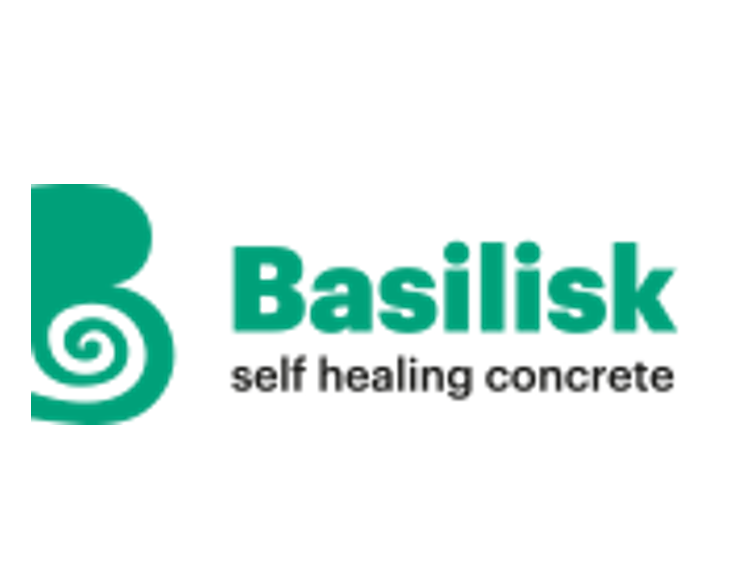
Basilisk
The Dutch startup has developed and patented a self-healing concrete solution in collaboration with the Delft University of Technology. This is based on the principle of self-healing cracks through the use of micro-organisms that produce limestone. The technology is applicable to both existing and new structures. Currently, cracks up to 0.8 mm wide can be treated and repaired within 3 weeks, thus improving the service life of structures.
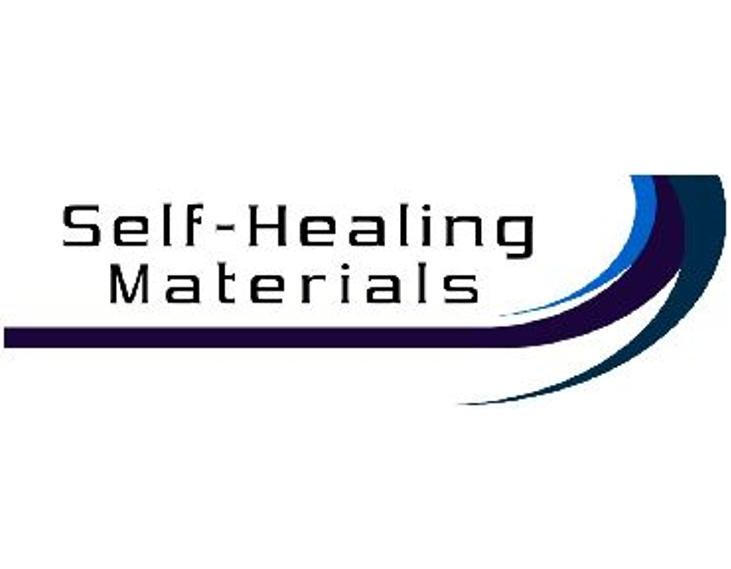
Self-Healing Materials
Slovakian startup Self Healing Materials creates self-healing asphalt, among other materials they work on. The startup helps heal torn roads by way of induction heating as embedded steel fibers conduct the energy and directly transfer it to the mortar. Additionally, the startup manufactures other self-healing materials such as plastics, coatings, rubber, and concrete.
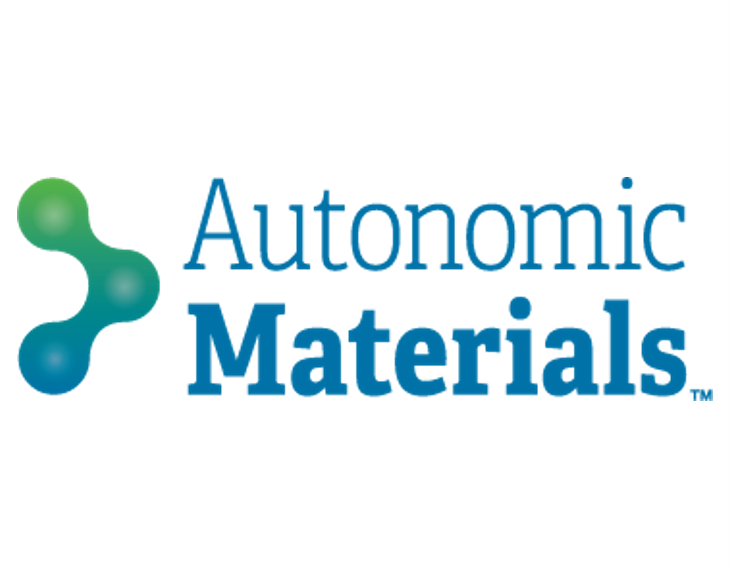
Autonomic Materials
The US startup has developed patented self-healing technology, which, when incorporated into coatings, helps them maintain their protective ability after damage. The technology is based on microcapsules that contain healing agents – a mixture of resins, corrosion inhibitors and adhesion promoters. It contributes to minimising the CO₂ impact of asset maintenance.
Interested in a startup landscape or in an insights report?
Please fill out our contact form so that we can get back to you very quickly with our product offer.
Want to subscribe to our 123Fab?
Fill out our form to receive the latest insights into your inbox.
123Fab #86
1 topic, 2 key figures, 3 startups to draw inspiration from

This 9 May, the COP15 against desertification opened in Abidjan, Côte d’Ivoire. The challenge is to take concrete action against land degradation and its harmful consequences for biodiversity and populations. Today, according to the UNCCD, more than 40% of the planet’s land is degraded, affecting half of humanity and threatening half of the world’s GDP, i.e. $44,000 billion. This is particularly due to the impacts of climate change and the increase in the number of disasters such as droughts causing aridity of the land and water scarcity. Ethiopia is currently experiencing the worst drought “ever”: in 18 months, no drop of rain has fallen. The African continent is not the only one affected: while North America is experiencing an unprecedented drought, the worst episode recorded in 1,200 years, in the south of the continent, Chile is preparing for water rationing. The worst is also to be feared in France as several regions are also experiencing historic droughts.
These droughts are a big problem for communities, especially in terms of access to water for the population, agriculture, the surrounding fauna and flora, and the damage that can be caused. To mitigate the risks of water scarcity, various levers have been tested around the world. Beyond a better distribution of water sources, with the creation of aqueducts, wells, aqueducts, or dams, some communities try to avoid evaporation of stored water. In 2015, in California, the water company Las Virgenes Water District poured as many as 96 million shade balls filled with water and air to reduce water evaporation by 85-90%. Following this initiative, start-ups have taken up this technology, such as Neotop Water Systems, which has developed “TopUp Ball”, a modular cover for water reservoirs that allows for significant reduction of evaporation while cooling the water, maintaining high quality and reducing the growth of algae. In addition, another lever mobilized is that of education, particularly for water-intensive activities, in more rational and sustainable use of water. In agriculture, which uses more than 70% of the available freshwater in most parts of the world, precise irrigation consists of having water brought right to the roots of the plants, exactly when the plants need it, and in just the right quantity they need. Smart irrigation, which uses weather data or soil moisture data to determine the irrigation need is also in vogue and has raised over $155 million in investment according to Tracxn.
Other initiatives focus on increasing existing freshwater resources:
- Desalination: It has been widely developed since the 1960s. More than 15,000 plants are producing desalinated water today, most in the Middle East and North Africa—the largest is in Saudi Arabia. But desalination is still very energy-intensive, although it is increasingly powered by renewable or recovered energy, and it represents a real danger for marine life and oceans, in particular, because of the very large discharges of brine.
- Wastewater filtration: Since the 1990s, some start-ups have been trying to address this market by offering filtered water quickly, cheaply, and without harming the environment. This is the case of Desolenator, which has developed a technology that uses the sun and seawater to produce high-quality drinking water from any source at a cost of less than $1 per cubic metre.
- Water from air: More than 50 companies are providing solutions to extract water from the air according to Tracxn. India-based startup Uravu Labs has developed the Aquapanel solution, based on solar thermal. It produces drinking water by absorbing water vapour at night when humidity levels are generally higher. Then, during the day, the solar collector heats the unit to 176-212 degrees Fahrenheit, which then releases the water vapour, which passes through an air-cooled condenser, eventually turning into liquid. A similar system, WEDEW, from the Skysource/Skywater Alliance partnership, won the XPRIZE Water Abundance award. The solution cools hot air through a biomass gasifier and stores the resulting condensation in a tank, which can then be accessed via a tap. It can harvest enough water from the air for 100 people per day.
- Fog water harvesting: It provides an alternative source of freshwater through a technique used to capture water from wind-driven fog. This strategy has been developed by the Canadian-Mexican start-up Permalution, which has created a solution based on biomimicry that makes it possible to harvest between 150 and 400 litres of water per day, i.e. 3 bathtubs, thanks to fog and while respecting the environment. In particular, it has helped save orchids from the brink of extinction as part of a forest fire mitigation strategy.
- Other sources of water such as clouds and icebergs are used on a small scale to alleviate the risks and problems associated with water shortages in the world.
Global warming is acting as a catalyst for droughts and water scarcity, which are becoming more severe and more frequent in all parts of the world. The consequences are noticeable, and many initiatives are being developed under the impulse of private companies, governments but also startups. Although they propose solutions to prevent or alleviate droughts in part, it seems that only a reduction in global emissions as well as a more reasoned consumption of water, particularly within industries, would make it possible to limit their future consequences.
2 Key Figures
The smart water management market size is expected to reach $23.46 billion, rising at a market growth of 10.4% CAGR between 2021-2027.
Business Wire
+$210M of funding in water management
Traxcn
3 startups to draw inspiration from

Desolenator
The UK startup has developed a water purifying device intended to purify water from any source. The company’s purifying device utilizes solar radiation to turn salt and contaminated water into pure drinking water, enabling people in coastal and water-stressed areas to become water independent.
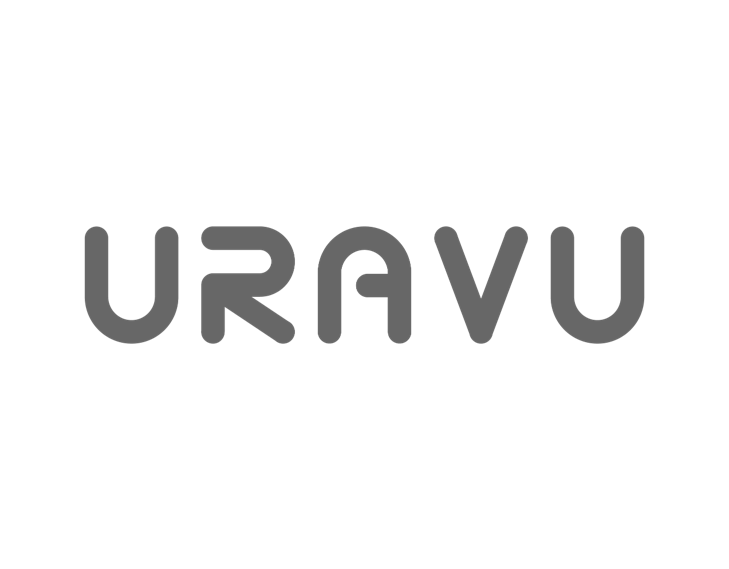
Uravu Labs
The Indian startup has developed a technology to convert atmospheric moisture into usable water. The system is built with only a few components: the proprietary hygroscopic material that absorbs and stores water vapour from the air and a solar collector – similar to solar water heaters – that rapidly heats the vapour, which then turns into water when cooled.
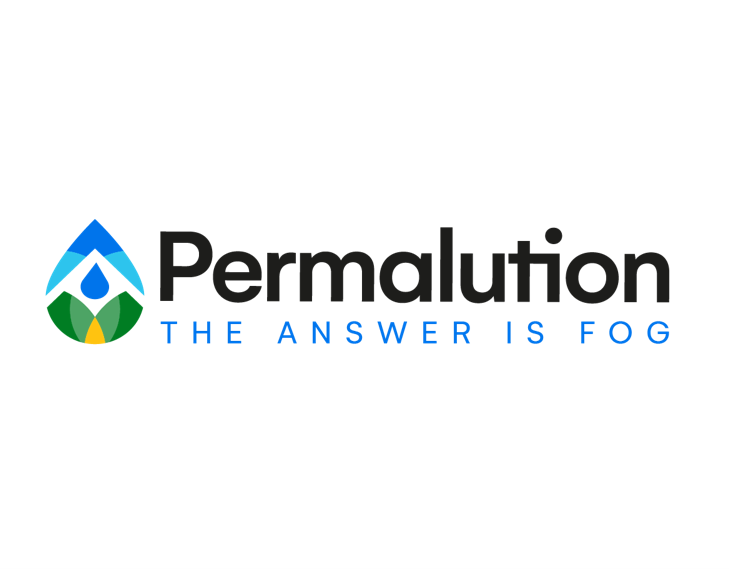
Permalution
Created in 2020, the Canadian-Mexican start-up has developed a fog water harvesting technology that can capture from 150-400 liters of water per day, which can support a family of 4-6. It has also developed a water radar, which goes hand in hand with the technology. It is a passive solution and it does not alter ecosystems.
Interested in a startup landscape or in an insights report?
Please fill out our contact form so that we can get back to you very quickly with our product offer.
Want to subscribe to our 123Fab?
Fill out our form to receive the latest insights into your inbox.
123Fab #87
1 topic, 2 key figures, 3 startups to draw inspiration from

Last week, Canada Steamship Lines’ latest diesel-electric self-unloading vessel – the MV Nukumi – entered service with Windsor Salt. In order to reduce the vessel’s greenhouse gas emissions by 25% and air pollutants (substances that have a detrimental effect on living organisms) by 80%, the MV Nukumi was fitted with a twin-fin diesel-electric propulsion system. According to the International Council on Clean Transportation, maritime shipping could account for 17% of total emissions by 2050. For several years, the IMO (the International Maritime Organization) has been tightening the requirements for international shipping in order to achieve its goal of reducing the sector’s carbon intensity by 40% by 2030. In response, several initiatives and technologies, including fuels, are being developed to comply with the new rules that are gradually coming into force.
Electricity-based solutions
Solutions based on electric power (batteries, motor) have been widely developed over the last few years, such as the Yara Birkeland, the first autonomous battery-powered container ship that set sail last year in Norway to transport 120 containers over 7.5 nautical miles. Startups are flocking to the sector, with total funding of more than $360 million. Fleetzero, which builds battery-electric cargo ships, has already raised $3.5 million. The startup is increasing the efficiency of existing diesel ships by converting them into battery-electric vessels and is pioneering innovation with the MVE7 – an electric ship designed for transpacific cargo delivery.
However, for the time being, due to energy storage constraints, the electric solution can only be relevant for niche use, such as ferries with fairly short and stable routes, multiple recharging times at the quayside, or for coastal and river transport, and not for long-distance ships. Other alternatives seem more appropriate for maritime transport and it is likely that a transition to hybrid engines will be necessary to reduce carbon emissions in the sector.
Other non-combustion engine solutions
Several technologies show that there are alternatives to power generation by internal combustion engines, but they are not suitable for all uses, including long-distance shipping.
- Wind: Hybrid electric propulsion combined with renewable energies such as wind has the best total carbon footprint, especially for small ships. The Nantes-based start-up Neoline has the ambition to develop commercial lines operated with ships designed to use wind. Scheduled to enter service in 2024, the first Neoliner will be a 136-meter long, 24-meter wide ship capable of carrying 5,000 tonnes of cargo. The sails, combined with a reduction in commercial speed will reduce energy requirements by 90% compared to a traditional cargo ship of the same size.
- Hydrogen: Hydrogen stored onboard powers a fuel cell that produces the electricity needed for propulsion. While this technology meets the objectives of reducing CO2 emissions, it nevertheless shifts the problem to the production of hydrogen, 95% of which is currently produced from fossil fuels on land (Futura Planète). Moreover, the stability of onboard storage still raises technical reservations. The startup Boundary Layer Technologies combines the known physics of hydrofoil with patented designs to build 160-container ships that run on hydrogen. The ARGO cargo ship is powered by liquid H2 and travels at twice the speed of conventional containerships. It uses direct routes to reduce overall transit times and be competitive with air freight.
New fuels for internal combustion engines
For the next 30 years, the predominance of internal combustion engines for ship propulsion remains the most credible scenario. But it is possible to improve the environmental balance by changing the fuels.
- MGO – Maritime Gas Oil: The aim is to integrate a growing proportion of fuels from agricultural production, mainly ethyl, or recycled petroleum products such as waste oils or recycled vegetable oils. However, production is costly if not subsidized (collection, reprocessing) and the impact on emissions remains low. On the other hand, in the case of fuels derived from agricultural production, the ecological cost is highly controversial. The startup Mash Makes was a finalist of the 2022 World-Changing Ideas Awards. It specializes in converting various agricultural residues into carbon-negative fuel products that meet the necessary international maritime standards.
- Ammonia: Compared to hydrogen, ammonia has a higher energy density and is more available in ports. In addition, the production cost per tonne is very low, and this solution can meet the targets set by the IMO. However, its mass production as a fuel has been ruled out until now because of its toxicity and low flammability. It is massively manufactured from fossil fuels, which also shifts the environmental problem. The most promising combustion tests for this technology are based on a combination of 70% ammonia and 30% MGO. Brooklyn-based startup Amogy is developing an ammonia power system for ships and heavy-duty road transportation. The technology uses liquid ammonia and converts it into hydrogen gas, which then runs through a fuel cell. The one-year-old company says it plans to launch a small demonstration vessel by early 2023, along with large road vehicles.
- Methanol: Methanol is a promising alternative fuel for reducing emissions and improving the environmental performance of shipping. It contains no sulfur and, because it is a clean-burning alcohol, emissions of NOx and particulate matter from combustion are low. However, the use of methanol requires certain levels of safety and engine adaptation as well as increased bunkering capacity on board.
- LNG – Liquefied natural gas – coupled with MGO: LNG can drastically reduce combustion emissions, including carbon emissions, which is its great advantage. Moreover, it requires only minor modifications to current propulsion technologies, which means that emission reduction targets can be met quickly and with limited investment. However, this technology relies soleyl on fossil resources.
Large groups are also targeting this segment. In August 2021, Maersk ordered eight green methanol-fuelled ocean-going vessels for delivery from the first quarter of 2024. They have also invested in WasteFuel, another Californian start-up making greener biomethanol from waste. Through the Ammonia 2-4 project, a strong consortium of shipping players including Wärtsilä, C-Job, DNV, and MSC aims to develop demonstrators of two- and four-stroke marine engines running on ammonia.
Finally, numerous alternatives are being developed, notably under pressure from the IMO and numerous supra-national bodies, including the Brussels Commission. While for small ships and routes, 100% electric or renewable energy-based alternatives are being developed, for freight transport, hybrid engines seem more feasible for the coming years. But questions remain: batteries have a limited life expectancy and their production requires many critical materials. The overall carbon impact of these new fuels is therefore far from zero.
2 Key Figures
Global marine fuel market is expected to reach a total market size of $156 billion in 2025.
Research And Markets
+80 startups manufacturing electric ships
Traxcn
3 startups to draw inspiration from
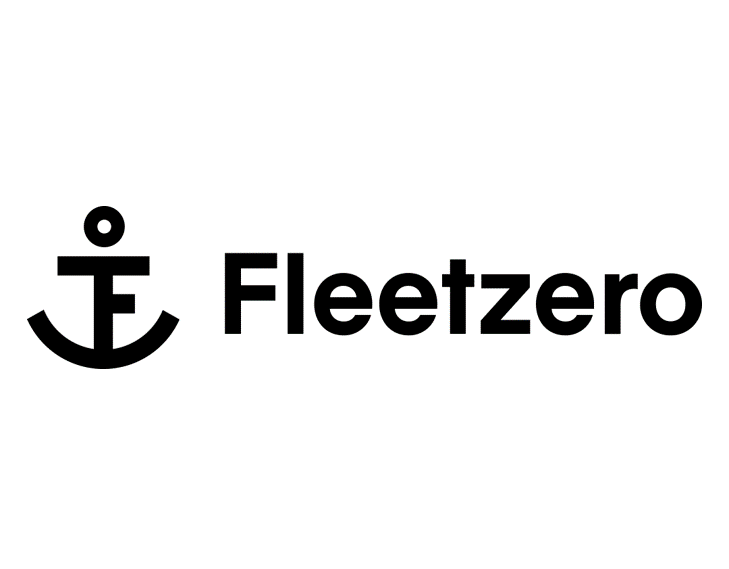
Fleetzero
The startup is building battery-electric ships that will sail between major neighbouring ports. The plans call for unloading containers of cargo and nearly depleted batteries, and then loading containers of replacement cargo and freshly recharged batteries. This method would allow the ships to carry a relatively small fleet of batteries.
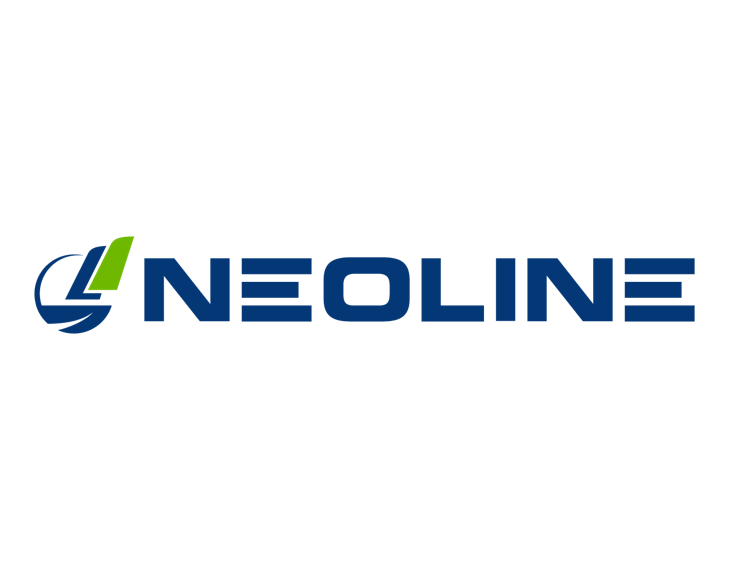
Neoline
The startup is working on decarbonized merchant shipping, powered mainly by sail. The first Neoliner will be capable of carrying 5,000 tonnes of cargo. The sails, combined with a reduction in commercial speed will reduce energy requirements by 90% compared to a traditional cargo ship of the same size.
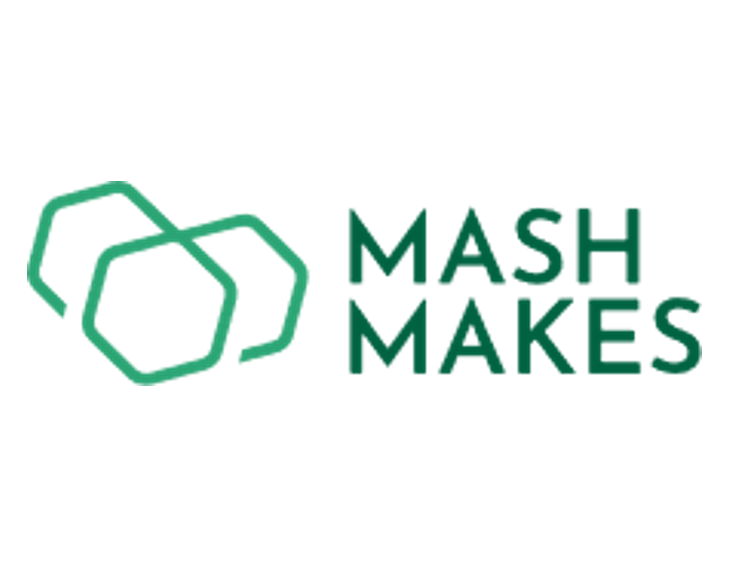
Mash Makes
The startup is specialized in the environmentally friendly conversion of various agricultural residues into fuel products in accordance with international standards. The biofuel is compliant in a B11 blend with DMA (or MGO) directly from the pyrolysis machine. The fuel has been validated at Alfa Laval’s Marine Test and Training Center.
Interested in a startup landscape or in an insights report?
Please fill out our contact form so that we can get back to you very quickly with our product offer.
Want to subscribe to our 123Fab?
Fill out our form to receive the latest insights into your inbox.
123Fab #85
1 topic, 2 key figures, 3 startups to draw inspiration from

Last week, a team of Dutch researchers succeeded in developing a unidirectional superconductor. This approach could lead to a substitute for semiconductors and develop computers 300 to 400 times faster than those of today. More than just faster information transmission, the use of superconductors instead of ordinary semiconductors could save up to 10% of all Western energy reserves according to the Netherlands Research Council (NWO). They are also very valuable for the future in solving energy efficiency issues.
Superconductivity is a phenomenon of zero electrical resistance and expulsion of magnetic fields that occurs in certain materials when they are cooled below their critical temperature. In other words, this creates very strong magnetic fields and ensures that no energy is lost when superconducting materials carry or produce energy. There are two types of superconductors: Low-temperature superconductors (LTS) are those whose critical temperature is below -196.2°C and high-temperature superconductors (HTS) are those whose critical temperature is above -196.2°C. LTS critical temperature is relatively close to absolute zero, which is a problem because materials have to be cooled with expensive technologies such as liquid helium cooling. Its scope is therefore rather limited when a large quantity of material needs to be cooled. On the contrary, HTS have critical temperatures above the liquefaction temperature of nitrogen. They can therefore be more easily cooled with the latter (LN2), as is already done in other sectors such as IT or food processing.
There are many diverse applications for superconductors. To begin with, for the energy sector, the use of superconductors has great potential along the value chain.
- Conversion: High-temperature superconducting generators or engines are lighter and more compact than traditional ones and allow high efficiency.
- Transmission: An average of 5% of the electricity consumed is lost during transport. Thanks to superconducting materials, and their resistance-free current conduction, higher energy yields resulting from reduced energy losses in are achieved.
- Network security: Superconducting fault current limiters (FCLs) act as protective devices during power transmission, inserting an impedance into a conductor when there is a sudden surge of current on the transmission networks.
- Storage: Superconducting Magnetic Energy Storage (SMES) stores electricity from the grid in the magnetic field of a coil consisting of a superconducting wire with zero energy losses.
Other applications also exist, notably in health and transport and several technologies use the ability of superconductors to generate large magnetic fields. Indeed, superconductivity has played a key role in medical imaging as it is at the heart of MRI technology, providing intense, stable, and uniform magnetic fields. Superconductors can also replace conventional electromagnets in magnetic levitation trains (maglev), i.e. monorail trains that use magnetic forces rail to avoid energy losses due to friction with the rail. Last year, Chinese engineers presented a train of this type capable of traveling at 620 km/h.
However, several challenges remain to make superconductors the key to energy efficiency. First, superconducting wires and films are still expensive compared to conventional electrical cables because their manufacturing process is very complex. Indeed, HTS are ceramics, therefore difficult to manufacture and LTS are metals, easy to manufacture but difficult to cool. Moreover, the cooling infrastructure needed to exploit the capacities of superconductors is also expensive (even with liquid nitrogen for HTS).
Although the sector is not yet very mature, several large companies and start-ups are developing initiatives to overcome these limitations and benefit from this promising technology. Late last year, Nexans, a leading manufacturer of superconductor cables, installed and commissioned its technology for power grid system provider American Superconductor (AMSC) for Chicago’s Resilient Electric Grid project. In the same way, the startup SuperNode is developing superconducting cables to provide a medium-voltage direct current (MVDC) transmission system. One use case for the startup is to connect an offshore wind farm to the grid using superconductors as the mechanism of energy transfer. They make it possible to place renewable energy sources at the most strategic location without worrying about transporting the energy, since it is done without loss. Another example is the British company Epoch Wires, which manufactures patented superconducting wire. Their production process creates low-cost, durable magnesium di-boride superconducting wires that have the potential to provide superconductivity at temperatures of 40K (-233°C) for magnetic resonance imaging and power applications. For the cooling process, the startup Veir raised $10 million in funding last year to further develop a cooling system for high voltage superconducting transmission lines.
The prospects for superconductors, studied since the 1980s, are significant and very promising. Its benefits could revolutionize the energy industry. Indeed, having a non-resistive conductor would save a huge amount of energy on the existing grid installation. They could also contribute to the development of remote renewable energy sources by ensuring lossless energy transmission. However, deployments remain limited today due to the cost of the infrastructure and the complexity of the large scale.
2 Key Figures
The superconductors market is expected to reach $8.78B in 2025 at a CAGR of 13.08%
The Business Research Company
+$100M raised in the last six years in the superconductor market
Traxcn
3 startups to draw inspiration from
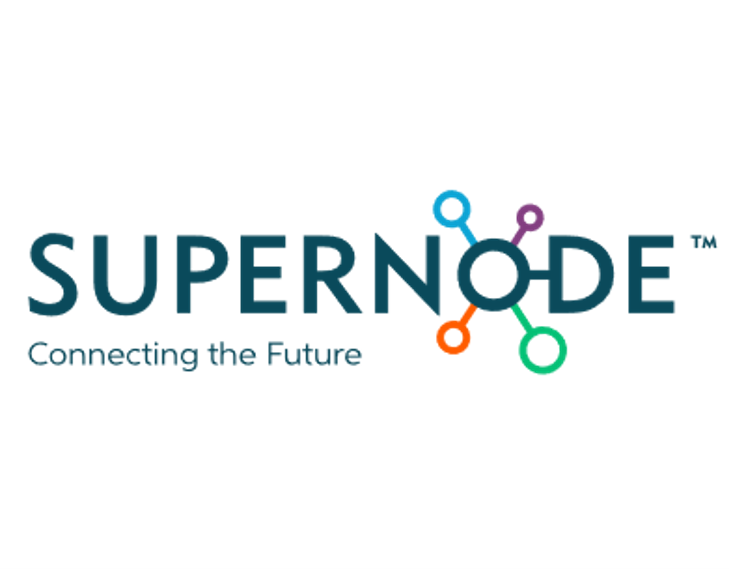
SuperNode
The Irish startup designs and delivers superconducting connection systems to connect renewable generation and increase grid interconnection in mature markets. It manufactures superconductor cables that can carry huge amounts of power in a much smaller surface area than conventional cables and require significantly less infrastructure, materials, and space.

Epoch Wires
The UK startup is specializing in manufacturing superconductor wires using environmentally friendly, abundant, and cheap material, namely Magnesium Diboride (MgB2). The company’s patent-pending technology offers high capacity production of infinitely long wire at one of the lowest market prices.
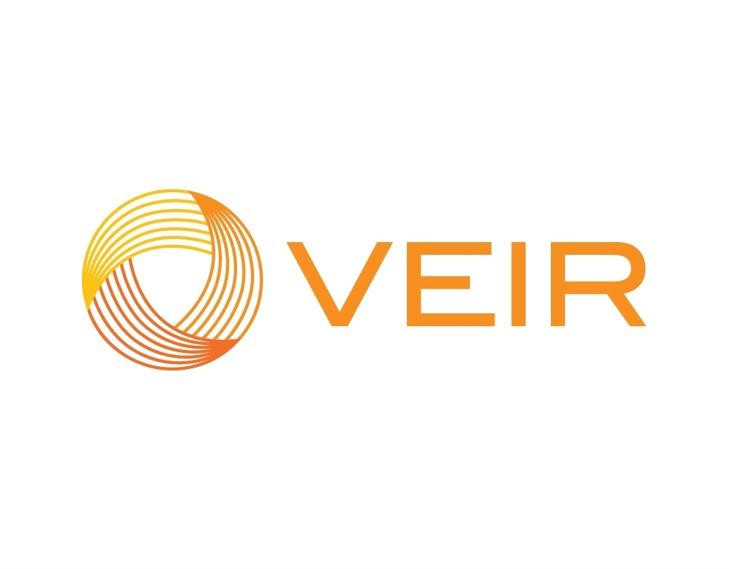
Veir
The US start-up has developed a passive evaporative cryocooling solution that enables reliable and cost-effective transmission of superconducting cables over very long distances. It provides 20 times more cooling power per kilogram of nitrogen flow than mechanical subcooling.
Interested in a startup landscape or in an insights report?
Please fill out our contact form so that we can get back to you very quickly with our product offer.
Want to subscribe to our 123Fab?
Fill out our form to receive the latest insights into your inbox.
123Fab #84
1 topic, 2 key figures, 3 startups to draw inspiration from

In 2021, the circular economy became the most funded sector in private equity, with over €2.2 billion invested, almost double the previous year (Novethic). Back Market, the electronics reconditioning specialist, has made this rise possible with €726 million in two rounds of financing. The model is gradually proving its cost-effectiveness and is of increasing interest to consumers who are turning to much more frugal lifestyles and consumption patterns.
The circular economy consists in producing in a sustainable way by limiting consumption and the production of waste. It can be defined more broadly as a system that valorizes resources at each stage of their transformation. The resources can be raw materials, finished products, goods, or services (such as car-sharing). According to ADEME, the French Environment and Energy Management Agency, the functioning of this system is based on 7 pillars: sustainable supply of raw materials, eco-design of products, industrial and territorial ecological commitment, ecology of functionality, responsible consumption of products, extension of the useful life of goods and recycling of materials from products. The shift of companies from the linear to the circular model has advantages and challenges on several levels. From an economic point of view, the model allows companies to save on the costs of acquiring and transporting raw materials, which are abundantly available. This model is also a strong asset for companies as it improves their brand image and appeals to the growing number of environmentally conscious consumers. In addition, the circular economy is becoming more and more popular to comply with the increasingly strict regulations of the States in favor of ecology: the display of the lifespan of products, the development of packaging deposits, the support of the economy of functionality or the fight against waste and programmed obsolescence. In line with its March 2020 Circular Economy Action Plan, the European Commission last month presented proposals to green almost all physical goods on the EU market, with for example the introduction of ‘digital passports‘ for relevant products and ‘performance classes‘ from A to G for comparison.
Nevertheless, the circular economy model requires certain key success factors to establish effectively and sustainably. Firstly, the model must continue to prove its capacity to improve the profitability of industries, particularly those in emerging countries, which still have significant development potential in the linear model. Secondly, manufacturers need to have access to their products at the end of the cycle. Information technology can partly address this concern with for example online failure detection or monitoring of wear levels. From a macro-economic point of view, an ecosystem should enable actors to work together, facilitating shared objectives, dialogue, and alliance, sometimes even with competitors. Another important criterion is the establishment of reverse logistics channels to collect and optimally recover the considerable end-of-cycle volumes generated by the circular economy. Industrialists will be directly concerned, particularly for closed loops, but also SSE (social and solidarity economy) players and local authorities.
To this extent, several startups and large groups are developing solutions and initiatives to benefit from circular economy. A distinction can be made between operators, who try to modify their production processes and limit waste production, and companies that offer solutions to facilitate the circular economy, in terms of logistics, product monitoring, quality assessment, etc. In textiles, some large players such as Patagonia have focused on a strategic positioning allowing access to products at the end of the cycle with the presence of an “absolute guarantee” allowing the repair and modification of its articles. External startups, such as Murfy, are also choosing to penetrate this part of the value chain by encouraging consumers to repair household appliances rather than replace them with new ones. It offers three services: free tutorials on how to repair household appliances, repair by an employee technician, and an e-commerce platform for reconditioned appliances. Intending to create a circular economy ecosystem, another startup, Phenix, offers a range of solutions to companies – supermarkets, local shops, but also producers, industrialists, and wholesalers – to give a “second life” to their unsold goods, by putting them in touch with second life item collectors (charitable associations or even sales at a reduced price through a mobile app). The startup saves 120,000 meals a day, thus avoiding the production of 50 tons of waste per day. Finally, in a more global logic of recycling, several startups have contributed to the creation of the “internet of garbage“. This is the case of AMP Robotics, which raised 55 million last year and uses AI and physical robots to orchestrate sorting, picking, and placement tasks to increase recycling rates.
The circular economy holds great promise for the future. It is of increasing interest to companies in all sectors notably to reduce production costs and ensure an abundance of raw materials. It is also increasingly important for their image in the eyes of consumers who want to consume sensibly and sustainably. Finally, it is the subject of particular attention from the public authorities, who are enacting laws to act in favor of the environment and limit the production of waste.
2 Key Figures
Circular economy revenues in the plastic packaging recycling market are expected to have a CAGR of 9.1% between 2019 and 2030
The market revenue is estimated at $13.1 billion – Research And Markets
750 funded companies & + $3B invested in last 2 years in circular economy
Traxcn
3 startups to draw inspiration from

Murfy
Murfy, created in 2017, has undertaken the mission of solving the overconsumption of household appliances, via the circular economy. It thus offers three services: free tutorials to repair one’s own household appliances, repair by an employed technician, and an e-commerce platform for reconditioned appliances. In one year, Murfy has tripled its turnover to €3.5 million in 2020.

Phenix
Phenix has developed a platform to connect generators and collectors of second life items. The platform, Phenix Exchange, connects waste generators, ie companies and industries that want to sell off their old items, to agencies that wish to buy these items. These include recycling companies, NGOs etc. The startup raised $17,2M in 2018.

Centrical
The American startup has developed an artificial intelligence-based waste sorting robot which picks recyclable materials off a conveyor belt in mixed waste, construction & demolition waste, and e-waste facilities. AI-technology is used to identify the waste material and machine learning platform keeps record of types of materials identified. The startup raised $55M in 2020.
Interested in a startup landscape or in an insights report?
Please fill out our contact form so that we can get back to you very quickly with our product offer.
Want to subscribe to our 123Fab?
Fill out our form to receive the latest insights into your inbox.

